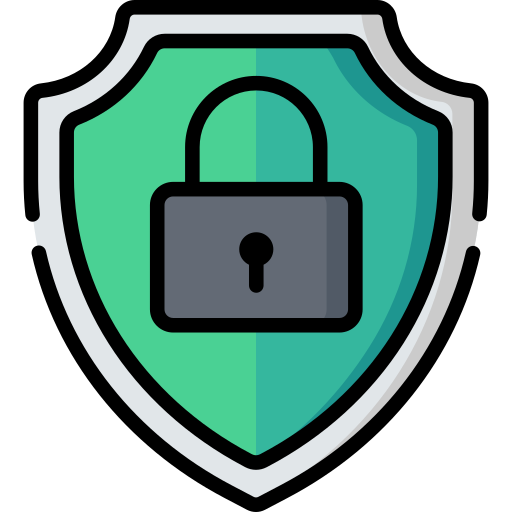
Security Best practices for your WordPress Website
Absolute security doesn’t exist. Practical security does. Start with this checklist to shut doors attackers target most.
Backup & Recovery Planning
Be able to bounce back fast.
Pending
Backup & Recovery Planning
Be able to bounce back fast.
Pending
Content Security & Privacy
Keep inputs clean and users protected.
Pending
Content Security & Privacy
Keep inputs clean and users protected.
Pending
Core WordPress Security
Lock down the basics so attacks have fewer ways in.
Pending
Core WordPress Security
Lock down the basics so attacks have fewer ways in.
Pending
Database Security
Protect the data layer.
Pending
Database Security
Protect the data layer.
Pending
Emergency Response Plan
If hacked, don't panic. Act fast and methodical.
Pending
Emergency Response Plan
If hacked, don't panic. Act fast and methodical.
Pending
Monitoring & Maintenance
Catch problems early.
Pending
Monitoring & Maintenance
Catch problems early.
Pending
Operational Hardening
Reduce human error on live sites.
Pending
Operational Hardening
Reduce human error on live sites.
Pending
Server & Hosting Security
Stop most attacks before they reach WordPress.
Pending
Server & Hosting Security
Stop most attacks before they reach WordPress.
Pending
Themes & Plugins Management
Reduce risk from third-party code.
Pending
Themes & Plugins Management
Reduce risk from third-party code.
Pending
User Management & Authentication
Make accounts hard to break into.
Pending
User Management & Authentication
Make accounts hard to break into.
Pending

 © 2025 UsableWP. A project by Naresh Devineni.
© 2025 UsableWP. A project by Naresh Devineni.